Subscribe our Weekly Newsletter
Applications Invited for Assessing Changing Salinity in Water Sources

Organization: The Water Research Foundation (WRF)
Apply By: 14 Nov 2024
Grant Amount: 150000 USD
About the Organization
The Water Research Foundation (WRF) is the leading research organization advancing the science of all water to meet the evolving needs of its subscribers and the water sector. WRF is a 501(c)(3) nonprofit, educational organization that funds, manages, and publishes research on the technology, operation, and management of drinking water, wastewater, reuse, and stormwater systems—all in pursuit of ensuring water quality and improving water services to the public.
About the Grant
Conventional drinking water treatment does not remove total dissolved solids (TDS) from water supplies. In water supplies that have changing and increasing TDS, finished water quality, ecological and aquatic health, public health, and water infrastructure may be impacted. There are multiple sources of supply considered at risk of having increased or increasing TDS, specifically salinity. Contributing sources or activities that may increase salinity, the amount of salt dissolved in water, include:
- Growing populations and increased water demand
- Seasonal usage of brine and road salt applications for de-icing that impact surface and ground water supplies
- Flowback water from hydraulic fracturing used for natural gas extraction
- Seawater intrusion from over-pumping/overuse of groundwater and impacted aquifers
- Exchanges between surface waters and groundwater systems
- Changes in tidal activity (sea level rise or other climate impacts) for waterways that are tidally influenced (e.g., Delaware River)
- Drought
- Municipal and industrial wastewater discharges (i.e., use of household softeners, water treatment chemical additions)
- Naturally occurring geological sources
- Agricultural practices
Freshwater salinization affects water supplies directly through a measurable increase in sodium and chloride levels, and indirectly by increasing stress and/or mortality of freshwater organisms, thereby resulting in ecosystems losing their ability to provide clean water. In addition, TDS levels can also impact finished water taste, and certain components of TDS (e.g., chlorides, sulfates, magnesium, calcium, carbonates) also cause corrosion or encrustation in water distribution systems. Specific conductance is frequently used as a surrogate for salinity and TDS. The United States Environmental Protection Agency (USEPA) lists TDS as a Secondary Drinking Water Standard and recommends treatment when concentrations exceed 500 mg/L. There are different state or local TDS limits for drinking water (e.g., Nevada’s Secondary Drinking Water Standard for TDS is 1,000 mg/L) and wastewater in which the drivers for the selection of specific numerical values of the respective standards should be summarized. USEPA also has standards for chloride and sodium.
In addition to the secondary standard for TDS, other potential adverse impacts of increased salinity include increases in disinfection byproduct (DBP) formation and an observed shift of DBP concentrations and types to more toxic analogues, such as brominated and iodinated forms. Public health research continues to delineate exposure routes through drinking water for persons in coastal populations, specifically. Other brominated and DBP precursor contributions to salinity can come from energy production (e.g., power plants and fracking). Reducing brominated DBPs through bromide control has been discussed; one approach is to control upstream dischargers (Good and VanBriesen 2017). Numerous studies have demonstrated increases in brominated and iodinated DBPs (e.g., trihalomethanes, haloacetic acids, haloacetonitriles) (Fellet 2014, Parker et al. 2014). These DBP precursors and types are critical concerns for public health since brominated and iodinated analogues are more cyto- and genotoxic. The water sector is anticipating regulatory changes with the upcoming Microbial/Disinfection Byproducts Rule revisions.
Investigations that underscore individual challenges and supply management include the case study in Brick Township, NJ, in which a treatment plant switched their supply from river to reservoir when specific conductivity increased (Rosenberg et al. 2022). Increases from urbanization and de-icing requirements have been studied in the eastern US. Understanding the relative contribution of chloride from big-box store parking lots and sidewalks to state/municipal Departments of Transportation (DOTs) would be valuable.
Further, utilities want to better understand how long it will take for salinized aquifer sources to recover after adopting best management practices for de-icing. Would chloride continue to increase for some time before decreasing? The Northeast and Mid-Atlantic regions are subject to winter snowfall and ice. New Hampshire evaluated the impact of road salt on their drinking water wells and has listed 50 chloride-impaired water bodies (NHDES 2021). New York has leveraged geographic information system (GIS) tracking of sodium and chloride concentrations in their aquifers to determine impacted areas (Kelly et al. 2018). In addition to increases in salinity, other adverse outcomes can occur, such as the mobilization of other contaminants (i.e., radon, heavy metals) and increased corrosion potential.
While salinity threatens the quality of drinking water sources in certain parts of North America, water resource recovery facilities (WRRFs) are also increasingly challenged with meeting discharge limits for chloride, sulfate, iron, and/or aluminum. These limits are set by regulators to protect drinking water source quality or other uses. As an example, the Colorado Department of Public Health and Environment (CDPHE) proposed limits for chloride and sulfate driven by antidegradation protection that are well below secondary drinking water standards. Compliance is becoming increasingly difficult as Colorado dischargers are also required to add metals salt to meet progressively lower nutrient standards.
The build-up of salinity in surface and groundwaters over time poses risks to public and aquatic life and challenges to the water sector as a whole, including water resource management, drinking water providers, WRRFs, and potable and non-potable water reuse systems. Salts are challenging to remove and proven treatment processes (i.e., reverse osmosis) come with significant limitations. Inland states in the US have effectively eliminated reverse osmosis as a feasible treatment process for WRRFs in the future, mainly due to their inability to permit brine management options.
This research will benefit WRF subscribers, utilities, and the water sector by identifying best practices for conducting regional salinity assessments, quantifying the relative contributions of common salt sources in watersheds, and proactively managing salinity as a growing water quality issue.
Objectives
- Conduct a regional assessment of salinity impacts to drinking water sources, treatment processes (e.g., high versus low pressure membranes), and water reuse applications to produce a One Water categorical overview of risk types.
- Provide a review of current real-time measurement parameters, research, and assessments by national and international organizations (e.g., United States Geological Survey (USGS)) as well as river commissions and regional working groups (e.g., Delaware River Basin Commission, South Platte Salinity Stakeholder Group, Southern California Salinity Coalition, Adirondack Road Salt Reduction Task Force, etc.) based on the risk types identified in the objective above, including utility-specific case studies and investigations.
- Understand the sources of salinity and their relative contributions to drinking water sources via case study investigations or modeling.
- Develop communication materials for use by the water sector to educate the public— including customers, staff, and other community stakeholders—about the risks of increased salinity and efforts recommended to reduce the problem.
Budget
Applicants may request up to $150,000 in WRF funds for this project.
Research Approach
This RFP is intentionally flexible in the research approach to encourage creativity and originality from proposers. Proposers should describe how they will conduct the research to meet the objectives listed above.
Expected Deliverables
- A summary and comparative database on federal and state salt ion surface water standards and permit limits
- A review of successful case studies on source control of salts for various ions
- Guidelines on approaches for conducting watershed mass balances and source identifications
- Examples of communication material
Additional potential deliverables may include:
- Report focusing on a categorical overview of salinity source types, as well as a summary and resources from other national/regional entities
- Modelling results and options for defining TDS/salinity inputs and outputs
- Communication and educational materials for the water sector
Eligibility
Proposals will be accepted from both U.S.-based and non-U.S.-based entities, including educational institutions, research organizations, governmental agencies, and consultants or other for-profit entities.
WRF’s Board of Directors has established a Timeliness Policy that addresses researcher adherence to the project schedule. Researchers who are late on any ongoing WRF-sponsored studies without approved no-cost extensions are not eligible to be named participants in any proposals.
How to Apply
Proposals must be received by 3:00 pm Mountain Time on Thursday, November 14, 2024.
The online proposal system allows submission of your documents until the date and time stated in this RFP. To avoid the risk of the system closing before you press the submit button, do not wait until the last minute to complete your submission. Submit your proposal at https://forms.waterrf.org/cbruck/rfp-5308.
For more information please check the Link
Latest Online Store
Latest Tenders And EOIs
Latest News
© Renalysis Consultants Pvt Ltd














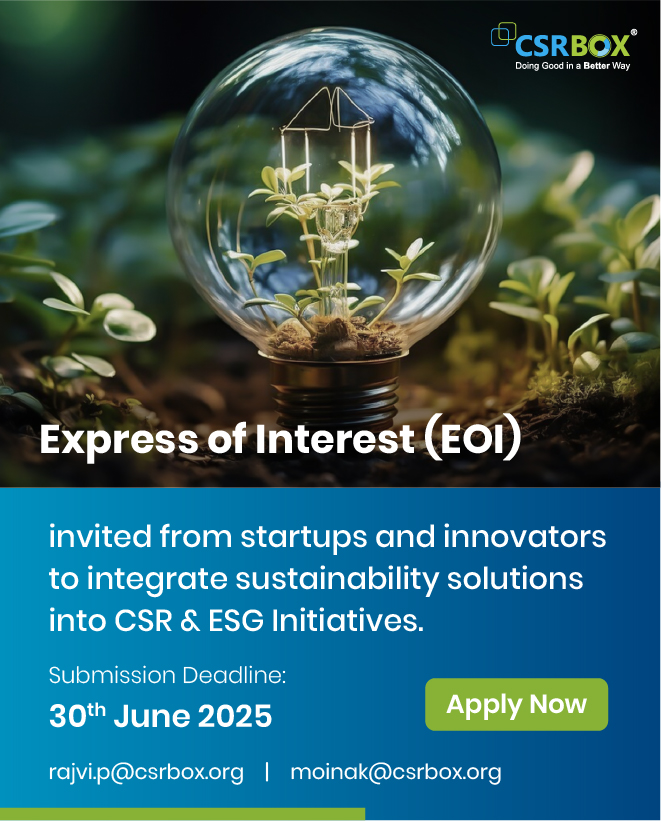

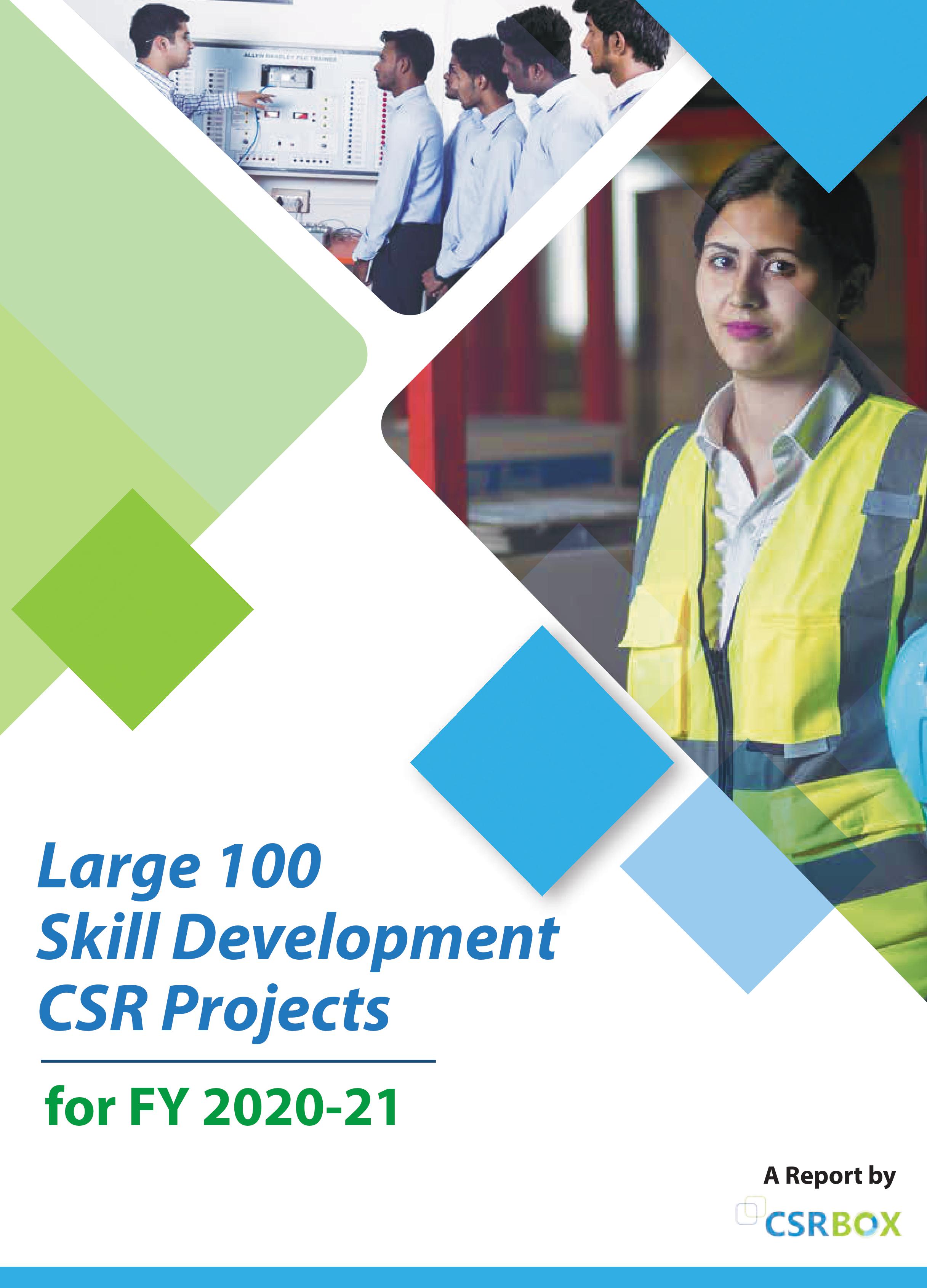
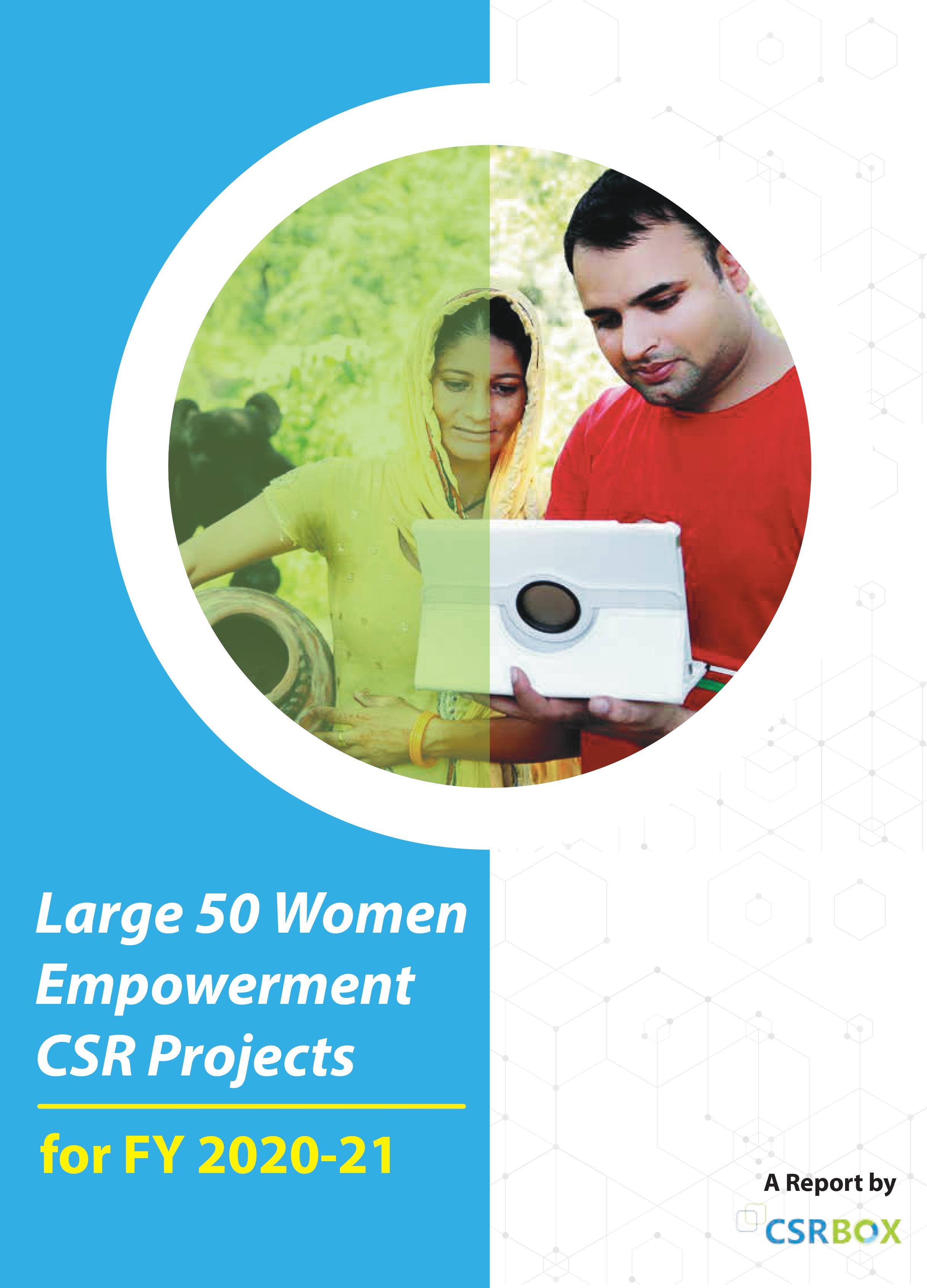
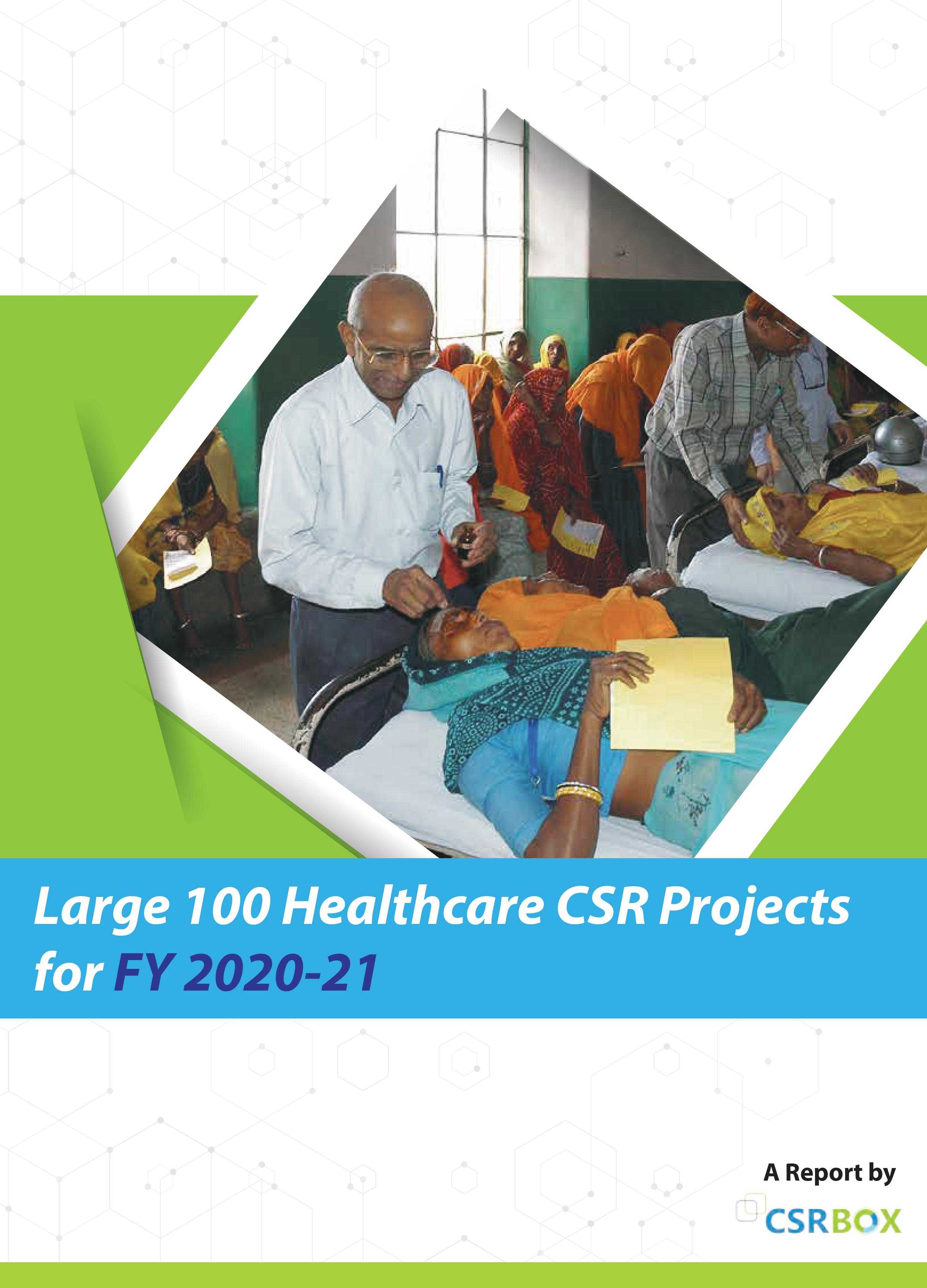
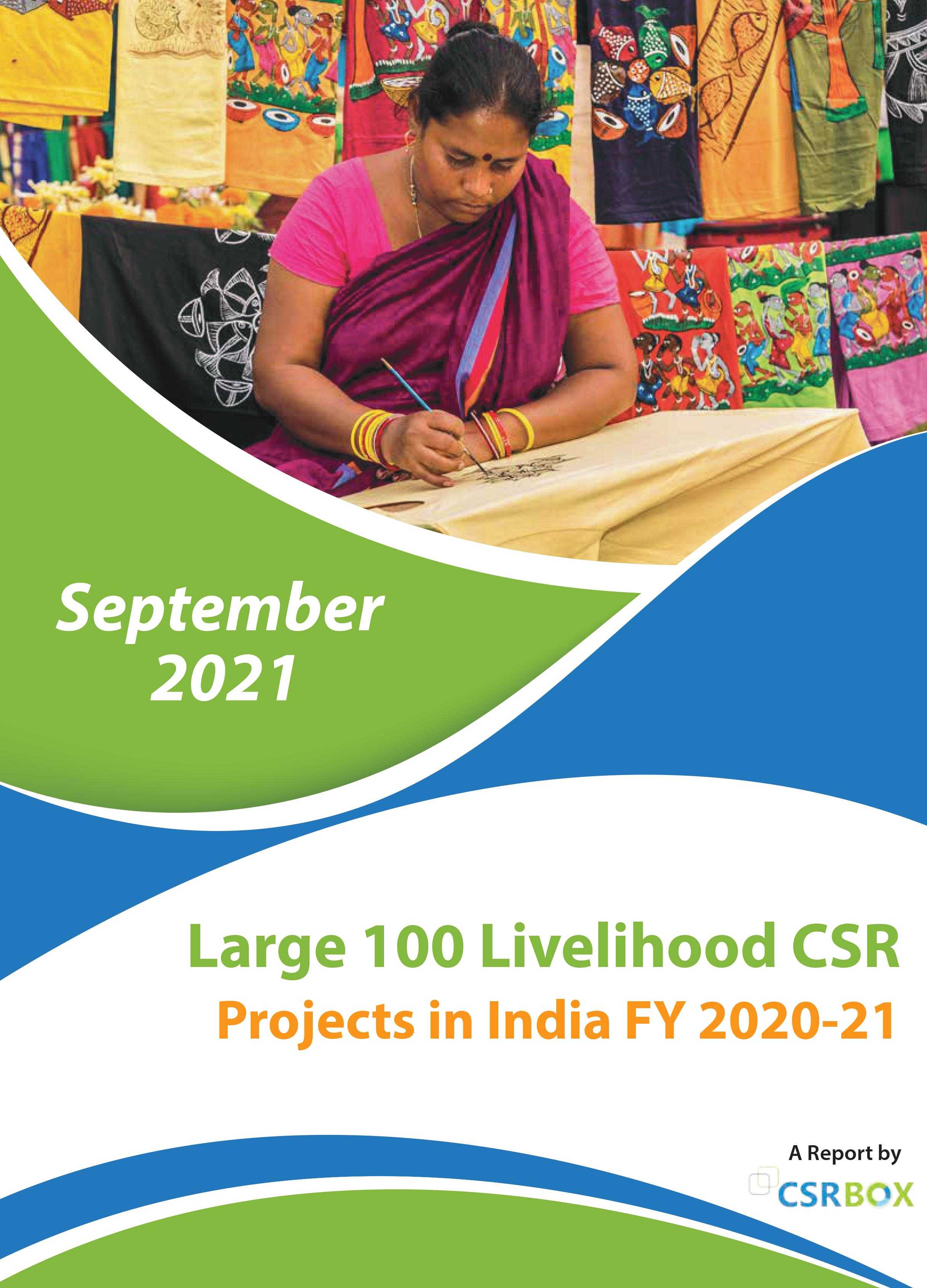




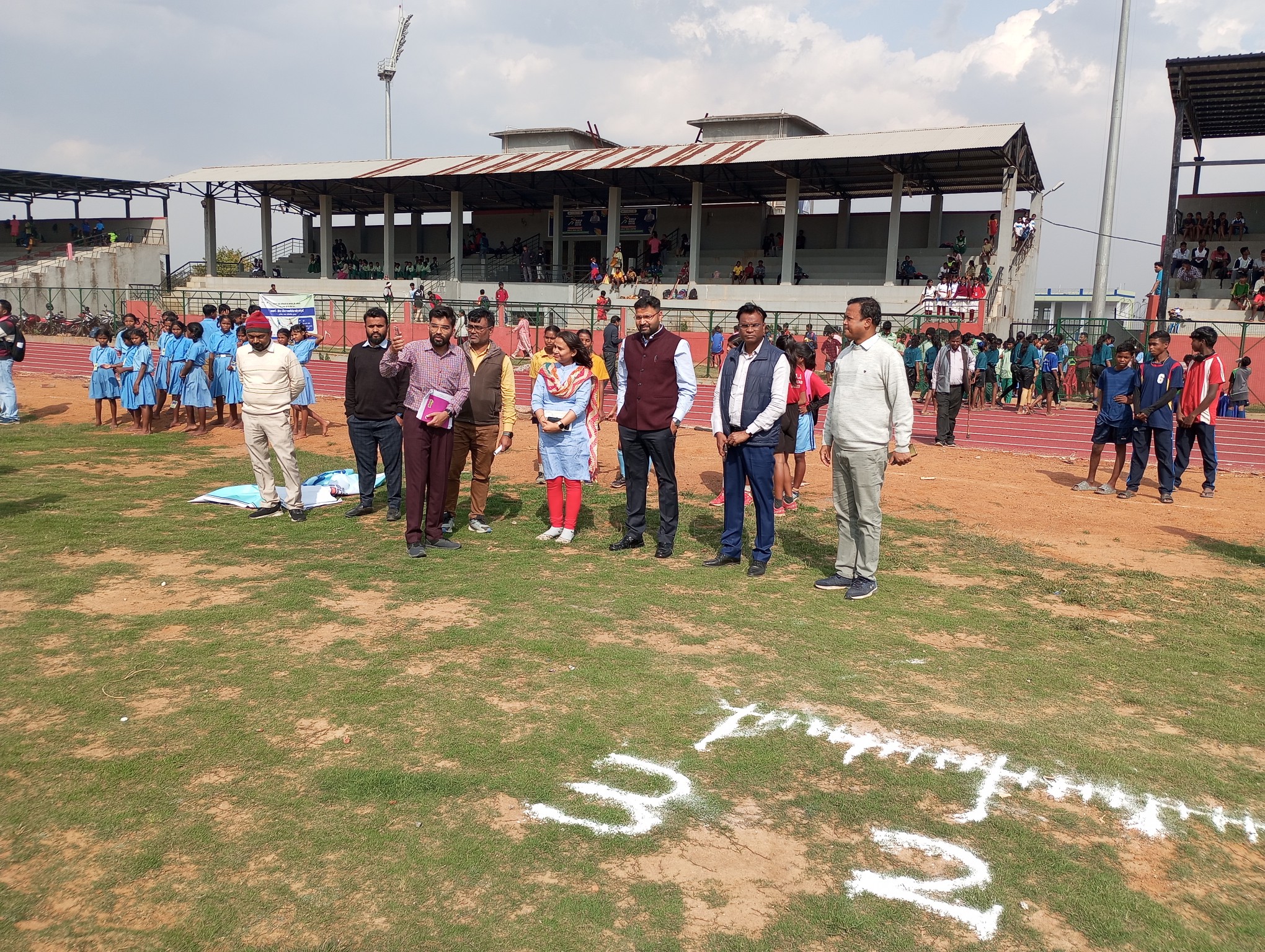
.jpeg)
.jpg)
.jpg)